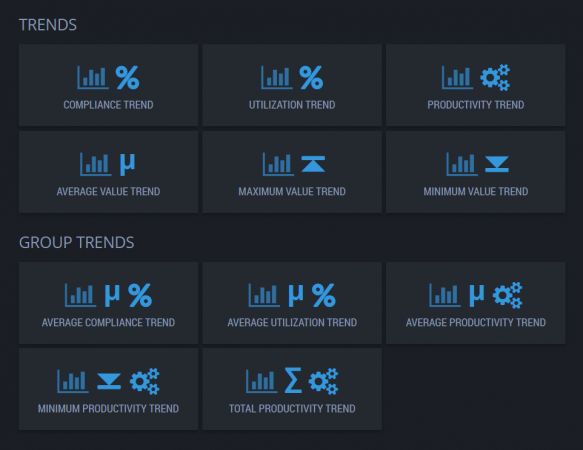
Swift Sensors, developers of Industrial IoT wireless sensors systems, announced its new predictive maintenance tools for its Manufacturing Analytics Dashboard.
The new tools add trend analytics to key manufacturing metrics of compliance, utilization, maximum, minimum and average measured values monitored by the wireless sensor system. Eleven new dashboard panels have been added for measuring analytic trends across multiple shifts.
”We have deployed more than 100 Swift Sensors in our manufacturing facility to improve operational efficiency,” said Jackson Minear, continuous improvement engineer at Meggitt Airframe Systems. “We use just about every feature in the Analytics Dashboards to track utilization of our equipment as well as critical trends across multiple shifts over time. Conservatively, we’ve improved our machine utilization by 20 per cent while saving six figures in capital equipment expenditures.”
 “Our manufacturing customers, particularly those using our wireless temperature and vibration sensors, frequently ask for advanced analytics tools to improve operational efficiency through higher overall equipment effectiveness (OEE) and lower maintenance costs,” said Sam Cece, founder and CEO of Swift Sensors. “With the access to data from our wireless sensor system, Predictive Maintenance (PdM) programs can be easily created using our Manufacturing Analytics tools, which is included in the new Trend Analytics Dashboards.”
“Our manufacturing customers, particularly those using our wireless temperature and vibration sensors, frequently ask for advanced analytics tools to improve operational efficiency through higher overall equipment effectiveness (OEE) and lower maintenance costs,” said Sam Cece, founder and CEO of Swift Sensors. “With the access to data from our wireless sensor system, Predictive Maintenance (PdM) programs can be easily created using our Manufacturing Analytics tools, which is included in the new Trend Analytics Dashboards.”
With the new dashboard panels, a trend line is calculated using the best fit line algorithm for the measurement data across each shift. The slope of the trend line represents the trend per shift, which indicates the overall tendency of the analytics value to increase or decrease by a specific amount from one shift to the next.
The trend analytics include a confidence percentage to indicate how well the trend line correlates with the historical data. A high confidence level indicates the trend is more likely to continue. Conversely, a low confidence level indicates the trend is not a reliable predictor of future values because the historical data is too chaotic.
www.swiftsensors.com
Print this page